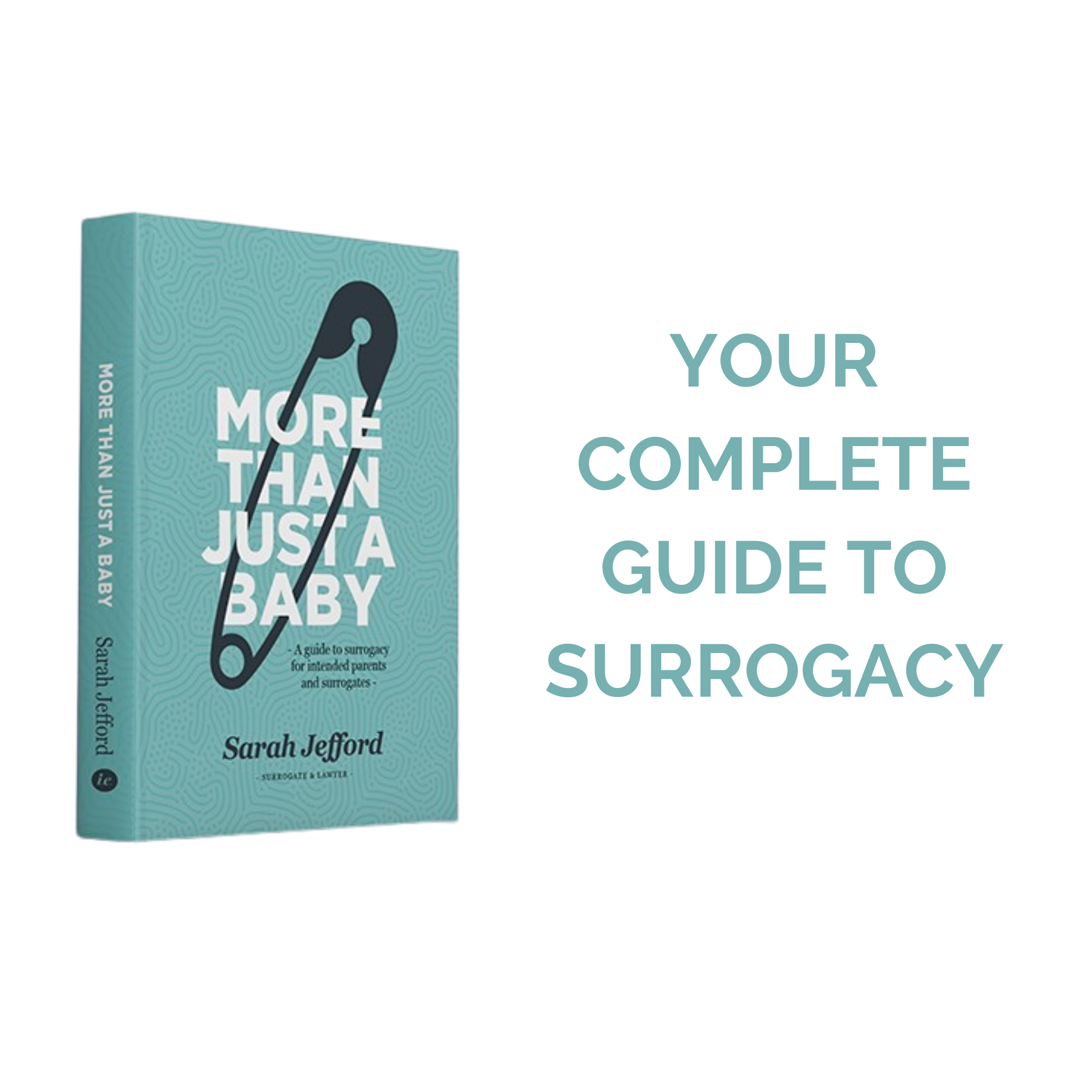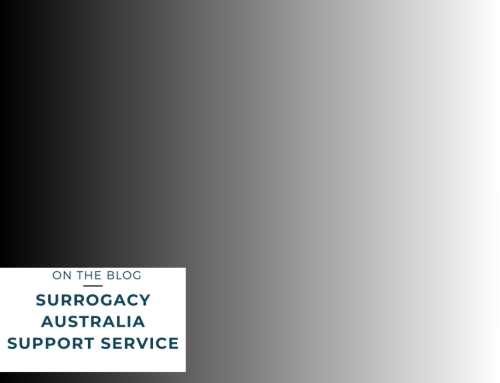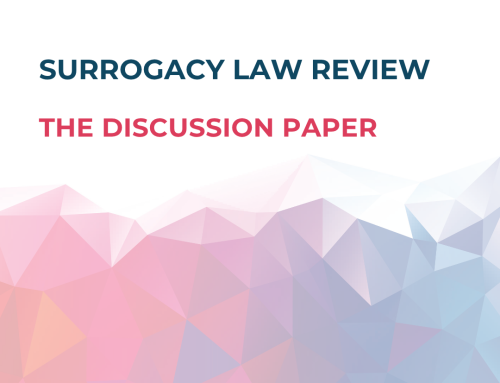Conceiving at home: The Untrue Story of the Turkey Baster
Are you thinking of conceiving at home – without intercourse – and need some help with the process and the equipment?
I have three university degrees, have worked as a lawyer for 20 years, and have an Order of Australia. None of them prepared me for having to give advice about home inseminations for traditional surrogacy and donor arrangements.
But, I do have lived experience as a traditional surrogate who conceived via home inseminations, and I’m often called upon to give advice about how to conceive at home.
My advice: it’s not complex, don’t overthink it.
If you are planning on conceiving without a fertility clinic, consider whether you can complete some fertility testing beforehand. And, if you’re using the sperm of someone other than your partner, you should ask them to complete STI screening as well.
Fertility testing
If you’re the one hoping to fall pregnant, you can ask for AMH testing to check your egg reserves. And the sperm provider should consider a semen analysis. These tests can be referred by your GP.
You can also have genetic screening prior to conception. Some tests check if either of you are carriers for genetic conditions such as cystic fibrosis and Fragile X syndrome. You can find out more about Prepair screening and talk to your GP.
Do we need home insemination kits and equipment?
Some equipment is necessary – we are, after all, trying to conceive ‘artificially’ and that requires equipment to bring the sperm to the egg.
In my experience, many traditional surrogacy and donor arrangements use a 10ml syringe for self-insemination, at total cost of $5. You can also purchase rounded syringes which might be more comfortable, and this pack includes collection containers too.
Some arrangements use a soft cup (like what you can see here). Soft cups are disposable menstrual cups that can assist with holding the sperm close to the cervix, after using a syringe to deposit the semen. There are also home insemination kits you can purchase, but I think they can be a bit gimmicky and there’s no proven success compared to a syringe. Not one of my Instagram followers surveyed had used a home insemination kit to conceive.
What about a turkey baster? I hear you ask. Well, turkey basters can be enormous, and not fit for the purpose we’re talking about. A syringe may work better. When I surveyed my Instagram followers who had conceived at home, only 14% of responders said they had conceived with a turkey baster, compared with 79% who used a syringe.
You will need a receptacle to collect the semen. I would suggest a cup – a paper cup means no washing required, but a regular cup from the kitchen is fine.
If you haven’t already, it’s a good idea to track your cycle. Did you know there’s only 4-5 days a month when a female is fertile? You can track your cycle with all sorts of methods like temperature tracking, assessing cervical mucus, and it can be assisted with an ovulation test kit. Ovulation usually occurs around the middle of a cycle (about two weeks before your next period).
A fertile egg is released from the ovary into the fallopian tube, but will only be fertile for about 24 hours – so getting the sperm to the egg in that window is crucial. Fertility experts suggest doing the insemination in the few days leading up to the fertile window and then shortly afterwards, to make sure the sperm is already in the fallopian tube ready for when the egg is released.
You need to try and get the semen as close to the cervix as possible. Be gentle – the vagina and cervix are sensitive organs. The sperm should be kept warm and inserted as soon as possible – every minute counts. Take it slow and draw the semen into the syringe carefully, and insert it slowly at the top of vagina, near the cervix. Each sperm is a delicate and needs to be treated gently.
Do I sound like an expert in fertility? I am definitely not. You can find more accurate and comprehensive information about fertility, eggs and sperm on the web, including this site.
Conception via heterosexual intercourse has about a 12-13% chance of success each month. Did you know that artificial insemination at home has about the same success rate? Don’t be disheartened if it doesn’t happen straight away, as it is normal for it to take a few months. If you have completed fertility testing and there’s no known infertility, you should expect to fall pregnant within twelve months. If it’s not working, you might like to seek advice from a fertility doctor.
Both traditional surrogacy and donor arrangements can access fertility treatment including IUI (the medical version of insemination) and IVF. In Victoria, traditional surrogacy arrangements may not access fertility treatments at a clinic, but there may be some ways around this if you need – let me know.
Presumptions of parentage
There are legal presumptions of parentage that arise from the method of conception, birth and the relationships between the parties. It is vital that the parties obtain legal advice prior to attempting to conceive at home. You should ensure you understand these presumptions before you find yourself in a position of being considered a parent, or not, based on those presumptions.
Parties to a traditional surrogacy arrangement must receive legal advice and complete counselling prior to the conception. Traditional surrogacy is treated the same by law as a gestational surrogacy arrangement, and parties must have completed the pre-conception processes or else they risk not obtaining a parentage order.
If you are new to surrogacy, you can read about how to find a surrogate, or how to become a surrogate yourself. You can also download the free Surrogacy Handbook which explains the processes and options.
Sarah has published a book, More Than Just a Baby: A Guide to Surrogacy for Intended Parents and Surrogates, the only guide to surrogacy in Australia.
Looking for a surrogate and not sure where to start? We Need a Surrogate – What’s Next? And if you have a surrogate or intended parents, you can get started on the surrogacy process.
You can read a broad overview for surrogacy in Australia and how it works.
You can find more information in the free Surrogacy Handbook, reading articles in the Blog, by listening to more episodes of the Surrogacy Podcast. You can also book in for a consult with me below, and check out the legal services I provide.








